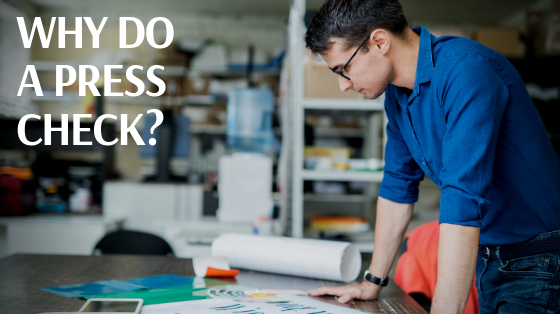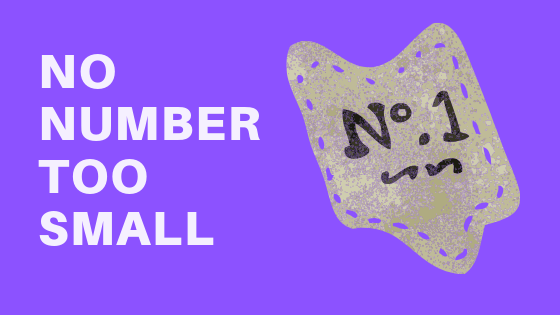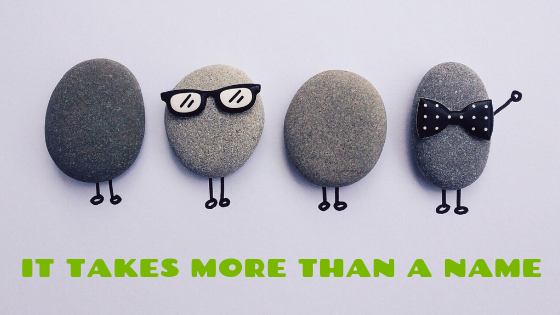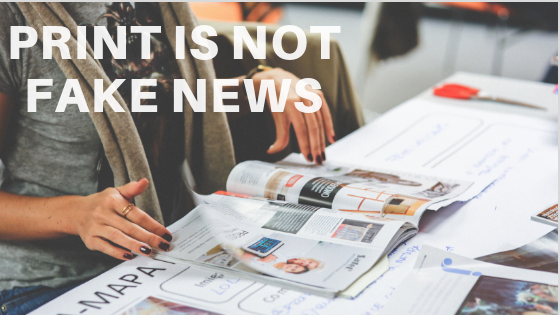You Should be Combining Print and Digital in Your Marketing
https://perfectcommunications.com/wp-content/uploads/2020/10/Print-and-Digital.png 560 315 admin admin https://secure.gravatar.com/avatar/3f0ab219d4f408464f131b4180b1da5119b8392a5155a011682c7587c73fc755?s=96&d=mm&r=gIf you’re like most brands and organizations, you’re probably not using print and digital together in your marketing right now. During this time of COVID, many marketing budgets have been squeezed; for most, print was the first marketing expense to go. If this is the course you’ve taken, your decision to eliminate print might be costing you more than you realize. It is readily accepted that combining print and digital in your marketing is a much more effective strategy than using either one alone. So, if you’re a fan of going in the direction opposite the crowd, now would be the time to demonstrate some counterintuitiveness and get back to printing.
It is undeniable that digital channels are saturated at this point. In both B2C and B2B marketing, audiences are being overwhelmed by content they’re viewing online, in social media and through email. Experts say individuals are exposed to thousands of digital ads each day. They estimate that at most, we can pay attention to 2% of them.
In addition to the immense volume of digital communications, the growing prevalence of clickbait, bots and disinformation online is eroding consumer confidence in digital. The more unreliable content a platform serves up, the less trust consumers have in it.
Print, on the other hand, is still considered trustworthy and it exists in a much less crowded environment. For every 36 emails we get in our inbox, we get just one piece of mail in our mailbox.
Print’s inherent advantages over digital continue to exist as well. Print is known to drive more engagement than digital communications, primarily due to its ability to forge an emotional connection with the reader. It is also better at establishing recall. In one study, 75% of consumers who received direct mail were able to recall the associated brand vs. 44% of consumers who received digital-only communications.
Obviously, you shouldn’t overcompensate and completely turn away from digital. But getting back to a more balanced mix of print and digital will certainly benefit your marketing. The greater the variety of touchpoints you have with your audience, the more likely they will be to convert.
If you want to begin using print and digital again, the print communication you should consider returning to first is direct mail. Direct mail perfectly complements the digital lead generation campaigns you’re probably running.
Direct mail gets read. Industry data indicates 90% of direct mail is opened and almost 75% of U.S. consumers say they prefer to hear from brands via direct mail because they can read it when they are ready. According to other surveys, even 77% of millennials pay attention to direct mail.
Using print and digital together will deliver better results than either one alone. A report from the USPS indicates that marketers who combined direct mail with digital marketing had more effective campaigns:
- 68% said the combination increased their website visits
- 63% said the combination increased their response rates
- 60% said the combination increased their ROI
It’s time to stop following the crowd. Figure out a way to stake out your own ground while everyone else is being overly reliant on digital.










